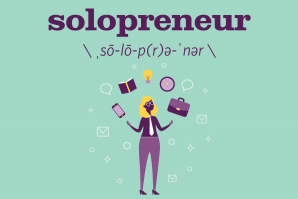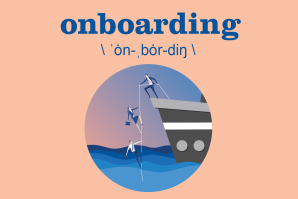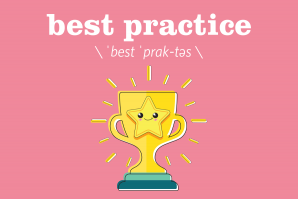In these COVID-19 times, we’re all having to settle for the virtual — “not physically existing but made by software to appear so.” There’s a lot that’s “not physically existing” these days, and virtualization, the process of creating a virtual version of a device or resource, gives us the verisimilitude of the thing we want to experience.
The term is believed to have been first used in the 1960s, when IBM was developing the method of dividing computer resources to increase efficiency and broaden usage across many users, making standard computing more accessible, agile and scalable.
The Buzz
Technical mechanics aside, the significance and impact of virtualization — in its many iterations and implications — is felt now more than ever while California and billions globally are in lockdown during the pandemic. It’s suddenly very common for businesses to be represented abstractly, taking on some semblance of their fully actualized versions by offering services that allow customers access via video or virtual reality.
One misconception is that virtual services are inaccessible by virtue of their complexity or perceived investment. Dustin Littrell of Littrell Architecture + Design says he’s able to virtualize his business at a relatively low cost. He provides clients Google Cardboard VR viewers during the design process for an immersive experience. “The cardboard viewers, which is how you actually digest (3D designs), are maybe $10-$15. It’s a really interesting, fun tool to get people excited about the work we’re doing.”
He says the cost of the software he uses to produce his drawings is considerably steeper, but the cost of going the extra mile with the Google Cardboard viewers is nominal, and the extension of getting them to experience his concepts is invaluable.
“Virtualization and VR, in how it applies to architecture, has been such a game changer,” Littrell says. “Ultimately, it allows homeowners to understand what it is I’m trying to propose to them. I’m trying to get them to say yes to things, and it gets me to that place in a much shorter amount of time, because there’s no longer this sort of doubt. I’m not asking them to squint their eyes or imagine.”
Click here to see more of our Buzzwords series
The Word
More broadly, the platform many people are embracing these days, for professional and personal communication, is videoconferencing. Littrell, who also teaches interior architecture at Sacramento State University, uses the application Zoom for his lectures, branching off afterward for virtual one-on-ones.
“They’re able to share their digital model that they’re creating with me. The beautiful thing about Zoom is now you can annotate, so we’re able to have these design critiques, which used to only be able to happen in person. Now, we’re able to do that virtually.”
The physical element still may be an abstraction, but the connections, enrichment and mental expansion that virtualization allows, that’s all real.
—
Get stories like this delivered right to your inbox: Subscribe to the Comstock’s newsletter today.
Recommended For You

Buzzwords: Rightsizing
The process of hiring, firing or reassigning employees to help a business run as efficiently as possible
Rightsizing is the Goldilocks of the business world. With the ever-changing economic landscape, organizations are always on the hunt for the perfect balance — retaining a workforce that’s not too big, not too small, but just right.

Buzzwords: Solopreneur
An independent business owner who runs all aspects of the business on their own, without employees
Some choose solopreneurship because of the flexibility it provides versus the traditional corporate career path. Others become an expert in their field while working as an employee, then venture out independently to provide their services.

Buzzwords: Onboarding
The process by which a new employee is integrated into a company, from learning where the bathroom is to understanding the company culture
If you’ve ever started a new job and were told you were going to be “onboarded,” you may have had nightmarish visions of being connected up to the Borg or having your retinas scanned. (No? Just me? Maybe I watch too much science fiction.)

Buzzwords: Best Practice
A method that establishes a standard way of doing things as a means of driving higher performance, success, ideal behavior or ethics.
Professionals use the term as a guiding principle or methodology for consistency and to drive the greatest results.



